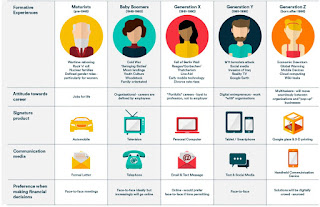Cognitive computing has expanded horizons, covering various characteristics of cognition supporting cognitive science interdisciplinary domains of scientific study of the human reasoning, emotions, language, perception, attention, and memory. However, artificial intelligence (AI) is to explore the design of computers and software that would fit for intelligent behavior.
The reconciliation of cognitive science and AI offers a profound comprehension of human cognition (human intelligence) and communication and some examples clear demonstrate why Cognitive Science is significant for AI:
1. The study of the brain is an important asset for every company, particularly education, psychology, and research. Educational companies embrace innovation to train better and they could utilize AI adequately if it comprehends the necessities of the students better.
2. Engineering and medicine tools and devices should be better prepared to check the adaptation of the human brain and disentangle it for them. For instance, automated cars likewise should be structured in a manner people can see how to function them.
3. HR can utilize cognitive science to improve efficiency levels in people and develop them to the best of their latent capacity. Any field that interacts with people should have a comprehension of the mental and emotional processes in human beings.
4. Banking experts giving automated financing services would likewise need to have an extraordinary comprehension of the human mind and how to engage them. The devices controlled by AI offered by them should be simple for individuals to utilize.
5. Customized features in the ease of use of Apps need to pose the correct questions to comprehend client inclinations and how to give it to them. For instance, personalized shopping experiences, social media face detection, social media showing related content, etc.
Not coincidentally, this is an extract of a very interesting entry at https://www.analyticsinsight.net/cognitive-science-future-ai/




